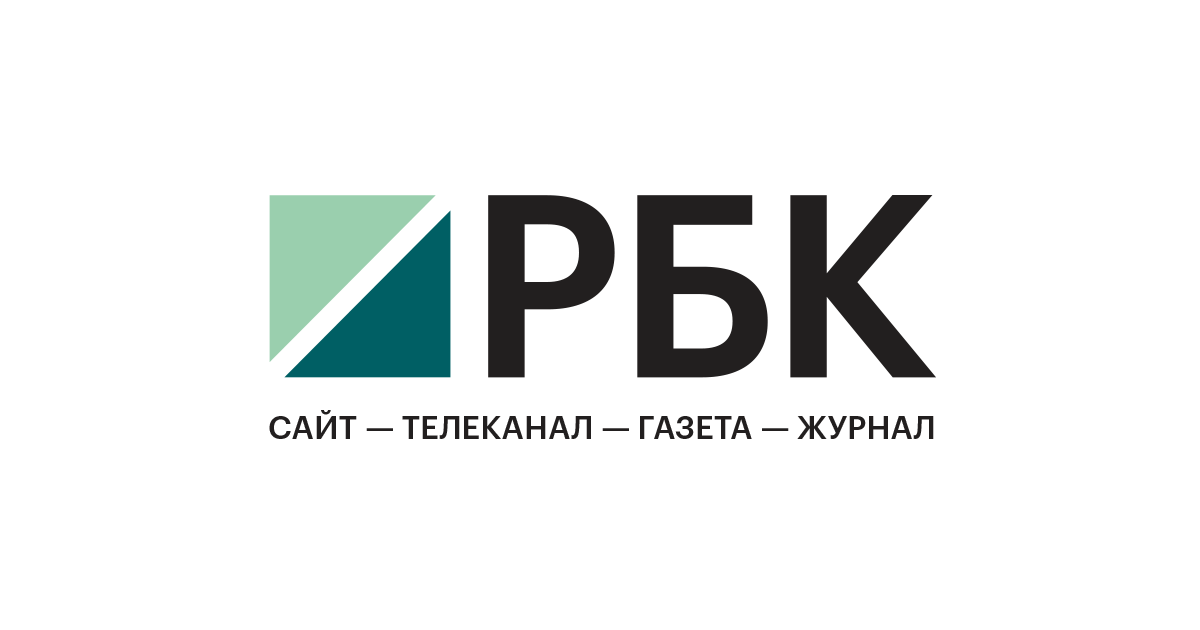The Impact of US Sanctions on the Russian Currency Market
June 18, 2024, 3:48 am
On June 12, 2024, the Central Bank of Russia responded to US sanctions against the Moscow Exchange by announcing that trading in US dollars and euros would cease on the exchange. However, transactions with these currencies will continue to take place off-exchange, allowing citizens to buy and sell currency through banks. The official exchange rates will be determined based on bank reports and data from digital trading platforms. Despite the sanctions, Russian banks like Sberbank have assured customers that they can still conduct currency transactions through the bank's app and branches, with all funds remaining secure. The US sanctions have also affected the National Clearing Center and National Depository, leading to a shift in trading dynamics in the Russian currency market.
Central Bank of Russia Adopts New Currency Exchange Mechanism
Starting June 13, 2024, the Central Bank of Russia will set official exchange rates for the US dollar and euro based on interbank conversion operations on the off-exchange currency market. This new approach aims to ensure stability in currency exchange rates, with minimal deviations observed in the calculated rates. The move comes in response to US sanctions against the Moscow Exchange, which have led to the suspension of trading in certain currencies. The Bank of Russia emphasizes the importance of alternative methods for determining exchange rates in the absence of traditional trading platforms.
Yuan/Ruble Exchange Rate Sets the Tone for Currency Market
The Central Bank of Russia predicts that the yuan/ruble exchange rate will influence the trajectory of all other currency pairs, becoming a key indicator for market participants. With the yuan accounting for a significant portion of trading on the Moscow Exchange, its exchange rate will serve as a benchmark for other currencies. Despite the shift towards the yuan, the official ruble exchange rate remains market-driven, reflecting the balance of supply and demand in the currency market. The Bank of Russia highlights the resilience of the Russian currency market in the face of external pressures, emphasizing the stability of the overall balance.
Expert Forecasts Future of Ruble Amid Market Volatility
Analysts from BCS World of Investments predict a weakening trend for the ruble against the US dollar, citing ongoing fluctuations in oil prices and geopolitical tensions. Despite external challenges, the ruble continues to benefit from reduced imports due to sanctions, although this has also impacted export volumes. The expert notes that tight monetary conditions and mandatory currency sales have helped support the ruble, with upcoming fiscal payments expected to further bolster the currency. The Russian debt market shows signs of recovery, with the government bond index experiencing fluctuations in response to market dynamics.
Central Bank of Russia Adopts New Currency Exchange Mechanism
Starting June 13, 2024, the Central Bank of Russia will set official exchange rates for the US dollar and euro based on interbank conversion operations on the off-exchange currency market. This new approach aims to ensure stability in currency exchange rates, with minimal deviations observed in the calculated rates. The move comes in response to US sanctions against the Moscow Exchange, which have led to the suspension of trading in certain currencies. The Bank of Russia emphasizes the importance of alternative methods for determining exchange rates in the absence of traditional trading platforms.
Yuan/Ruble Exchange Rate Sets the Tone for Currency Market
The Central Bank of Russia predicts that the yuan/ruble exchange rate will influence the trajectory of all other currency pairs, becoming a key indicator for market participants. With the yuan accounting for a significant portion of trading on the Moscow Exchange, its exchange rate will serve as a benchmark for other currencies. Despite the shift towards the yuan, the official ruble exchange rate remains market-driven, reflecting the balance of supply and demand in the currency market. The Bank of Russia highlights the resilience of the Russian currency market in the face of external pressures, emphasizing the stability of the overall balance.
Expert Forecasts Future of Ruble Amid Market Volatility
Analysts from BCS World of Investments predict a weakening trend for the ruble against the US dollar, citing ongoing fluctuations in oil prices and geopolitical tensions. Despite external challenges, the ruble continues to benefit from reduced imports due to sanctions, although this has also impacted export volumes. The expert notes that tight monetary conditions and mandatory currency sales have helped support the ruble, with upcoming fiscal payments expected to further bolster the currency. The Russian debt market shows signs of recovery, with the government bond index experiencing fluctuations in response to market dynamics.


